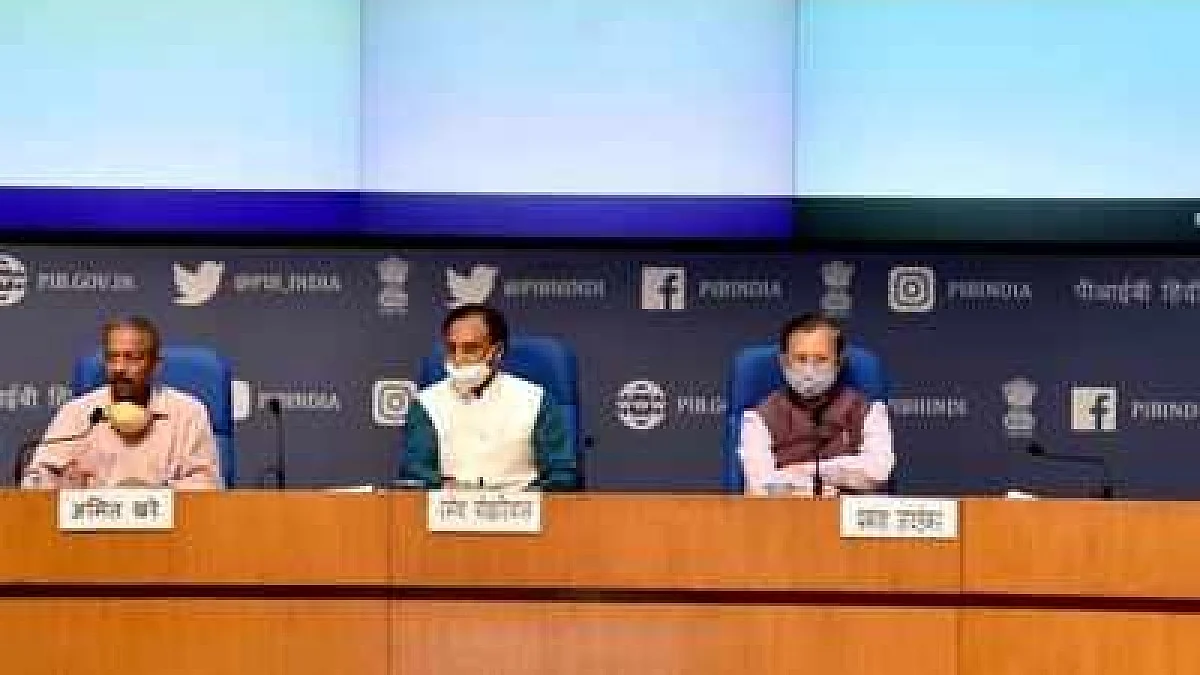Herald View: Place Education Policy before Parliament for closer scrutiny
The Union Cabinet, typically, has approved a please-all ‘New Education Policy’ without much public scrutiny. The NEP at first glance looks like a mixed bag, ambitious and unrealistic in parts

The sweeping and please-all New Education Policy (NEP) approved by the Union Cabinet this week was not placed before Parliament first in a departure from precedents. It will hopefully be placed in Parliament before implementation and MPs will be allowed sufficient time to discuss the provisions and move amendments. While the policy has been at the stage of consultations for the last six years and views were solicited from stakeholders, by all accounts objections raised by state governments and suggestions given by stakeholders have not been considered by the Government.
Education is in the concurrent list and the policy’s success depends to a great extent on the states. It is not clear how many of the states are on board. The policy at first glance however appears to be both ambitious and unrealistic. Given the state of government schools in large parts of the country, one would have expected the NEP to focus on strengthening and upgrading them first. The NEP unfortunately provides no clue how the school system will be strengthened. Making it mandatory for all children up to class V to study in Government schools, for example, would have served the interests of education, equity and inclusion. Yet another shortcoming has been the uneven quality of teachers and the relatively poor compensation made to them. But the NEP fails to address the elephants in the room. Indeed, in its eagerness to overhaul the system lock, stock and barrel, the NEP may actually run into many more hurdles than are evident at this stage. What is clear is that laying down a policy that children would start learning coding from class VI or that they would get exposed to technology and vocational education is by far the easier part. This has been tried before but without much success. That is why the policy needs far closer scrutiny at this stage. It might be too late for the government to retrace its steps and the damage may well have been done by then, say, 20 years from now.
Several generations of students have suffered from a multiplicity of school systems, examination boards and uneven and even arbitrary syllabi. It is not clear if the educated, better off children of elites will continue to benefit from more discriminatory and more expensive ‘English medium’ education while the hoi polloi study in their mother tongue, often in regional dialects like Magahi or Bhojpuri in place of Hindi. This would naturally exacerbate the divide between the haves and the have nots. Similarly, NEP’s aim at broadening the teaching of Sanskrit does not seem to be backed by sufficient reason, data or details. Like most policies, NEP looks like a mixed bag and a critique will have to wait till provisions are studied more closely.
But on the face of it there is little to object when the NEP proposes a multi-disciplinary approach and offer students the flexibility to major in Physics while studying fashion designing at the same time. In practice, however, very few institutions will have the resources to make such a wide range of subjects and teachers available. Once again on the face of it there appears little to object when the NEP calls for inculcating pride in being Indian; or when it proposes to increase public spending on education to nearly 6% of GDP from around 4%, cap fees, expand access to higher education and achieve universal adult literacy before 2035. There is surely no reason for the Government to shy away from a debate in Parliament?
Follow us on: Facebook, Twitter, Google News, Instagram
Join our official telegram channel (@nationalherald) and stay updated with the latest headlines